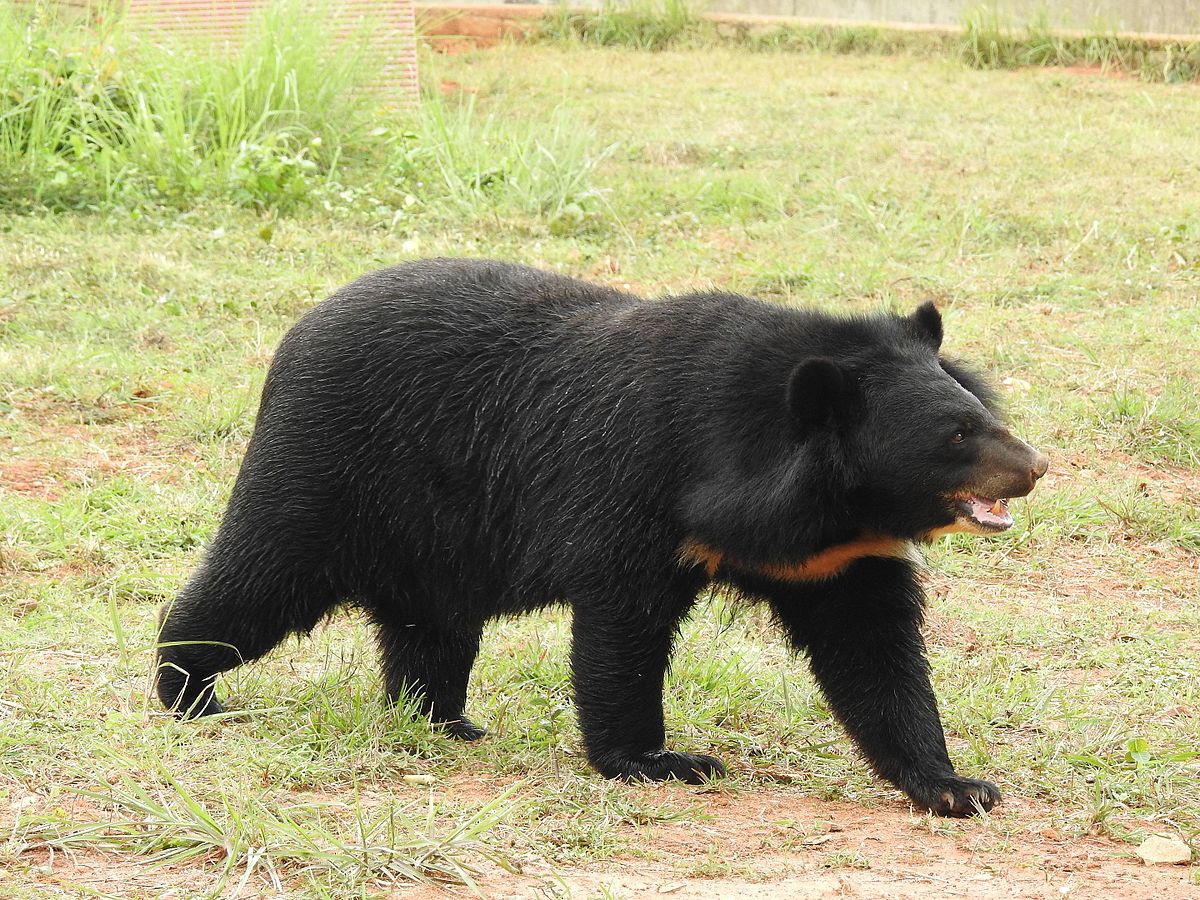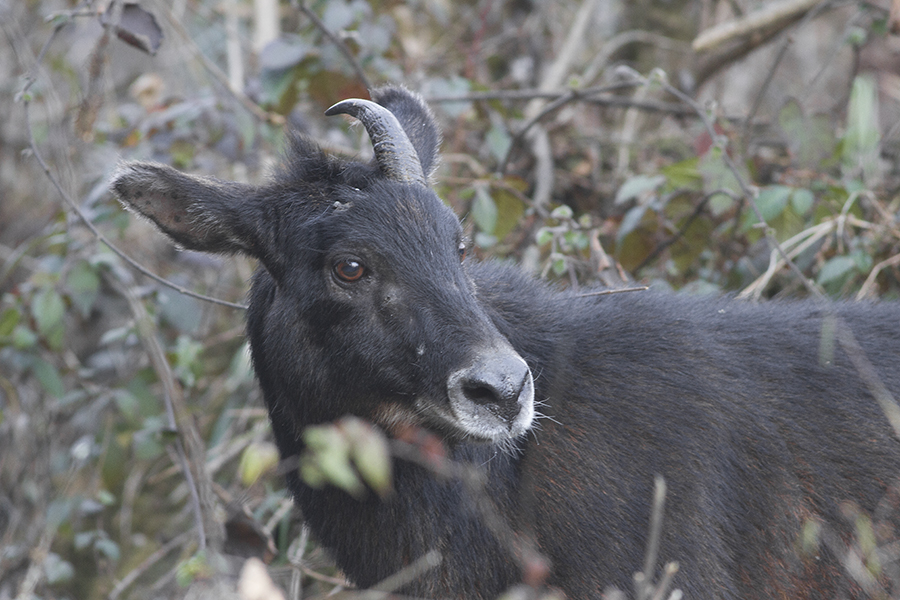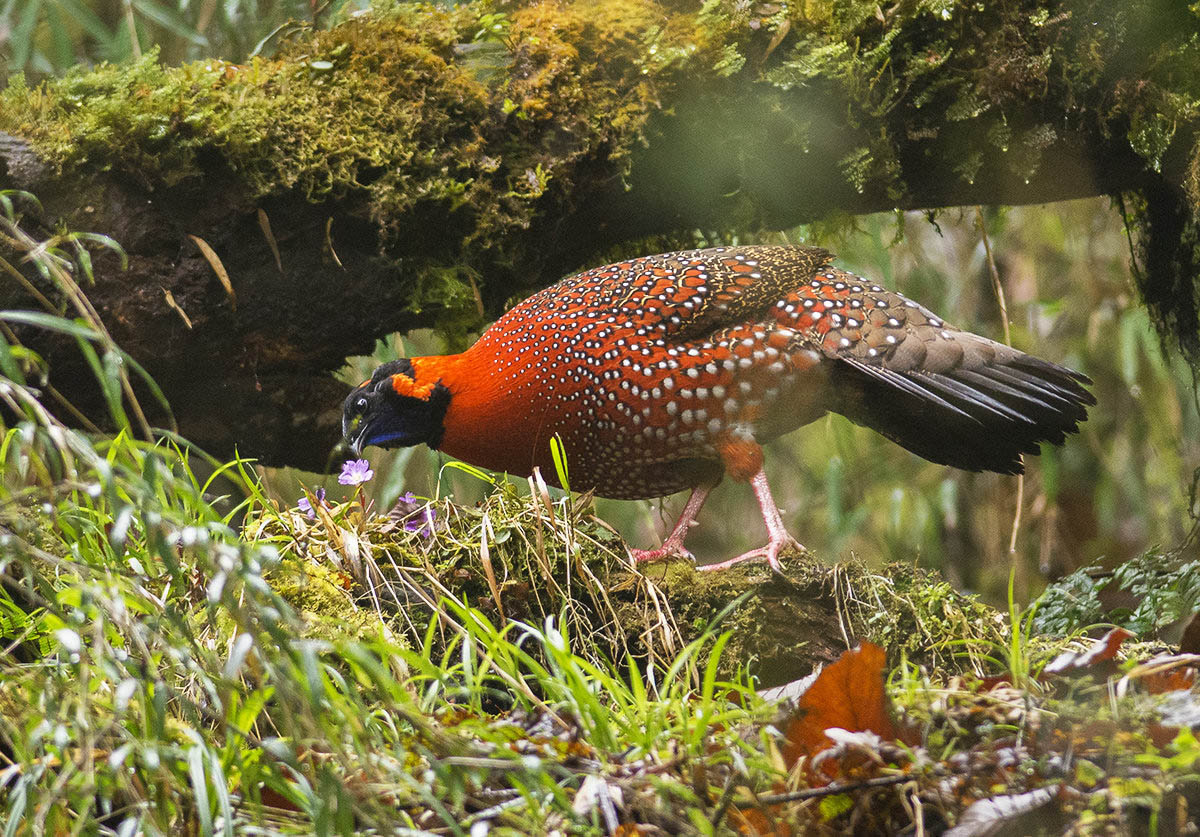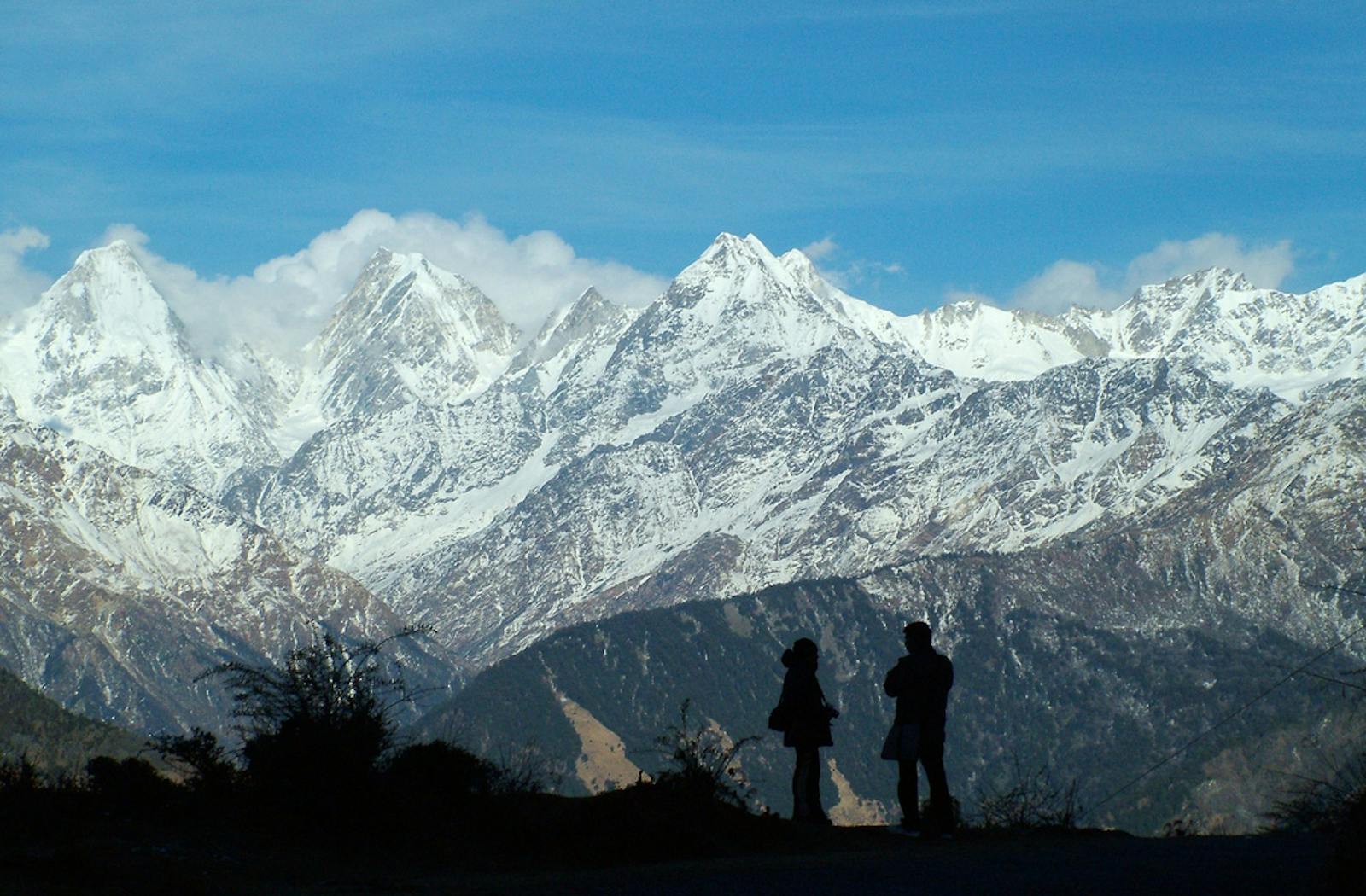Western Himalayan Broadleaf Forests
The ecoregion’s land area is provided in units of 1,000 hectares. The conservation target is the Global Safety Net (GSN1) area for the given ecoregion. The protection level indicates the percentage of the GSN goal that is currently protected on a scale of 0-10. N/A means data is not available at this time.
Bioregion: Himalayan Mixed Forests & Grasslands (IM5)
Realm: Indomalaya
Ecoregion Size (1000 ha):
5,599
Ecoregion ID:
308
Conservation Target:
26%
Protection Level:
3
States: India, Nepal, Pakistan
Sitting mid-elevation in the western Himalaya, this ecoregion is a critical link for the altitudinal migrations of a suite of birds, such as river chats, dippers, drongos, forktails, wagtails, fantails, sunbirds, and redstarts. These birds winter in the low elevation ecoregions and migrate to higher elevations for the summer, using the broadleaf forests as a habitat corridor or as summer habitat. If the forests are removed the migrations will be disrupted, threatening the survival of these species.

The flagship species of the Western Himalayan Broadleaf Forests ecoregion is the Asiatic black bear. Image credit: Creative Commons
The Western Himalayan Broadleaf Forests ecoregion is a narrow band between 1,500 and 2,600 m in width, starting from the deep creeks of the Kali Gandaki River gorge in Central Nepal through northwestern India into Pakistan westward. The climate is seasonal. The southwest monsoon brings rainfall from June to September, but this region receives less precipitation than the eastern Himalaya, which is directly in the path of the monsoon that sweeps in from the Bay of Bengal. The drier conditions influences the vegetation, and the tree line declines from 4,000 m in the east to about 3,500 m in the west.
The Himalaya mountain range dates back to 50 million years ago when the northward-drifting Deccan Plateau collided with the Eurasian continent to thrust the continental edges upward to form what is now the highest mountain range in the world.
The ecoregion has two distinct forest types: the evergreen broad-leaved forests and the deciduous broad-leaved forests. The former is dominated by several species of oaks—Quercus semecarpifolia, Q. dilatata, Q. lamellosa, and Q. incana—that grow on the moister southern slopes, which are more influenced by the monsoon. The oak forests on drier and higher slopes are mixed with various conifers, such as fir, abies, spruce, cedar, and pines, with a bamboo understory of Arundinaria species. The deciduous broadleaf forests are composed of walnut, Himalayan horse chestnut, alder, maple, Himalayan poplar, Himalayan elm, and Turkish hazel.

Himalayan serow. Image credit: Dibyendu Ash, Creative Commons
The known mammal fauna consists of 76 species. These include some threatened species, notably the Asiatic black bear, common leopard, and Himalayan tahr. The bird fauna is richer with about 315 species, and includes species such as Tytler’s leaf-warbler and Kashmir flycatcher that migrate thousands of miles to the forests of this ecoregion to breed. The small but strikingly colored Kashmir flycatcher has bright orange-red throat, breast, and sides, and a black upper body. It migrates all the way from the Western Ghats mountains along the southwestern coast of India and the central mountains of Sri Lanka to the Kashmir region of far northwestern India, seeking temperate deciduous forests with a dense undergrowth in which it build nests.
Thus, forest loss and fragmentation in this ecoregion could cause the demise of this species, now thought to number between 2,500 to 10,000 birds. Other birds of conservation importance include several pheasants, tragopans, and monals.

Satyr tragopan. Image credit: Rejaul Karim, Creative Commons
Although most of the ecoregion has been cleared or degraded, several large patches of forests still remain in the extreme western part of the ecoregion. Twenty protected areas cover about 7% of the ecoregion, with the larger reserves being Kistar, Rupti Bhabha, and Govind Pashu Vihar. Threats to the remaining forests stem from logging and agricultural clearing.
Thus, the priority conservation actions should be to: 1) control forest clearing and degradation for agriculture, orchard growing, and livestock grazing, especially on steeper slopes; 2) strengthen gatekeeping against ill-planned infrastructure, especially for tourism and pilgrimages; and 3) develop landscape-scaled conservation plans that improves north-south ecological connectivity.




